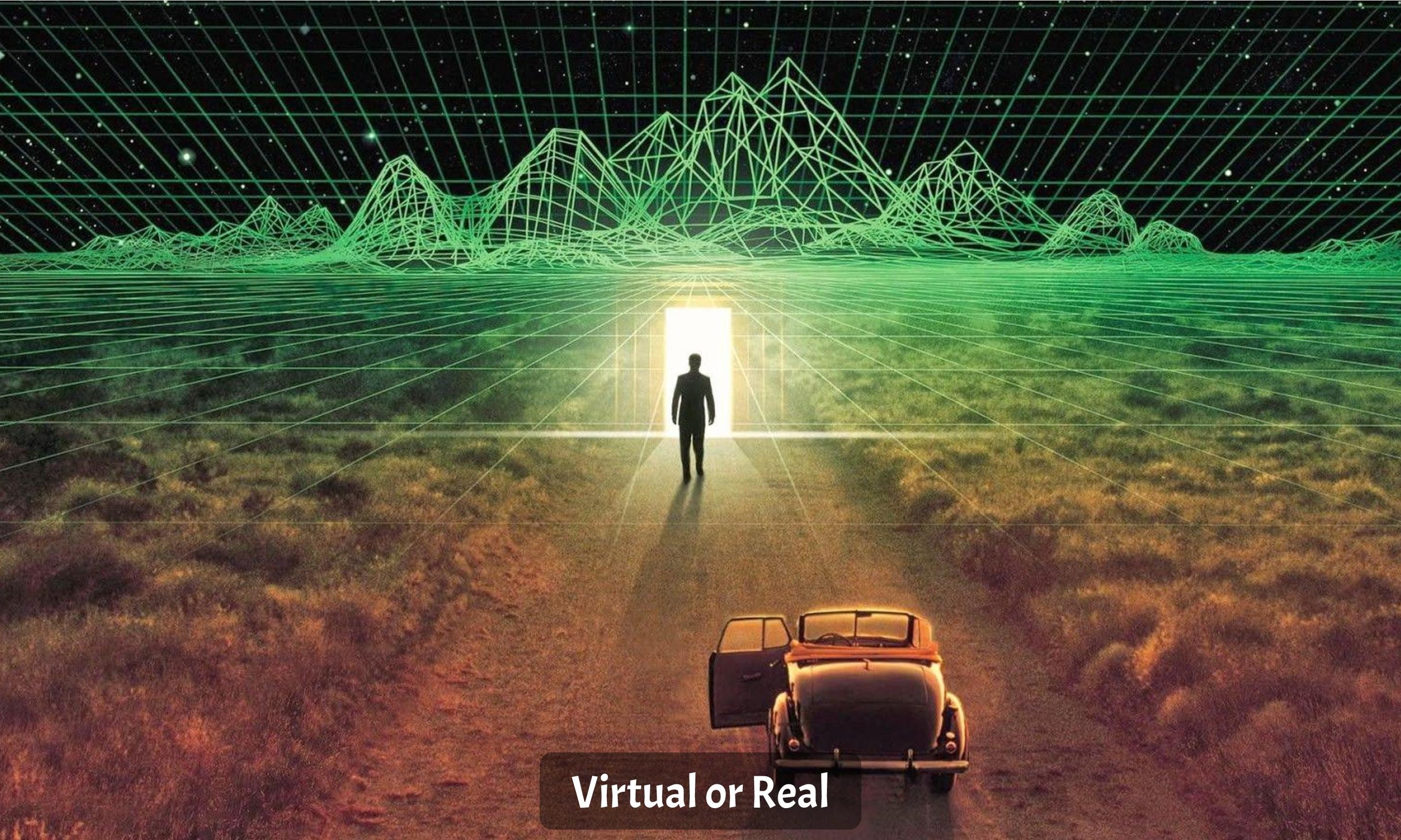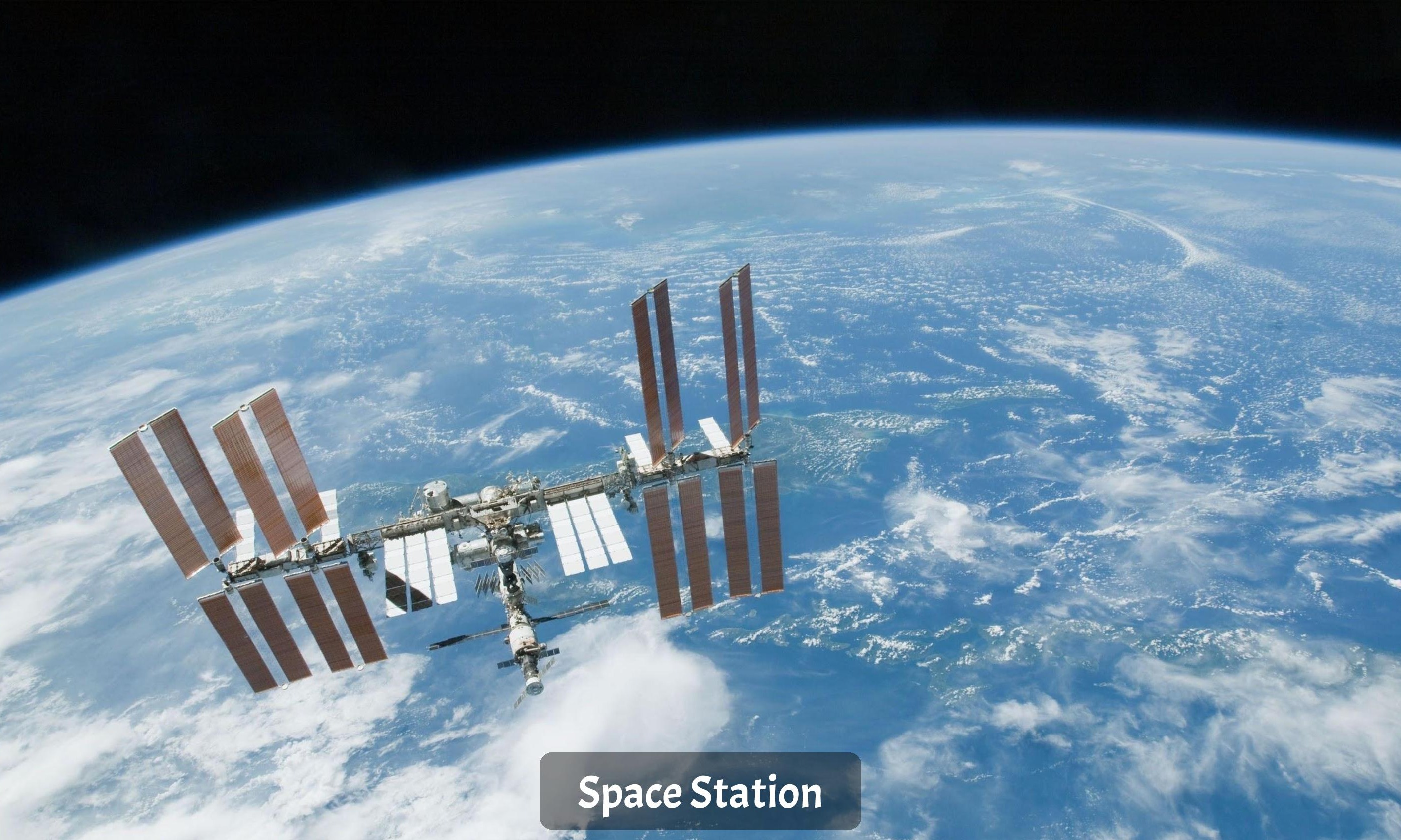'Sojourner' was the first successful rover mission on mars which landed on 4th July 1997. It was designed to last for 7 Mars days and could be extended up to 30 Mars days. Sojourner lasted for 83 days on mars(85 Earth days.)
This was followed by Rovers: 'Spirit' and 'Opportunity'. The Spirit’s mission was planned for 90 Martian solar days(92 earth days) but because of winds cleaning the sand over its solar panels, it was able to continue the mission for six years. Opportunity rover was operating from 2004 up until 2018 and traveled just over 45 km.
It's been said that ‘what a rover could do in 6 months, a Man can do in 2 hours.’ If this holds true, A man could have done the same in less than 2 days. But rovers have also allowed us to discover key ingredients to life such as oxygen, nitrogen, hydrogen, carbon, sulfur and they have also measured radiation levels on Mars so that when we send humans, we already have a better understanding of the environmental conditions that we will be exposed to.
Rover Spirit was stuck in a region of soft soil during its mission on the surface. In order to get Spirit unstuck, Engineers from NASA's Jet Propulsion Laboratory had to put an identical rover on Earth in as close to the same situation as possible including a reduction in gravity.
This highlights an advantage of human consciousness against a machine running with codes. In addition, A human would not have to wait for signals from Earth to make the decisions to get out of a complex situation. These signals take anywhere from 4 minutes to 24 minutes depending on the distance from Earth to Mars. (Closest: 54,556,762 km and Farthest 400,762,656 km)
If we send humans to Mars, we can rapidly conduct our experiments and discover possibilities of staying on the surface. We can drill the Martian polar ice caps to look into its past and seek martian life even if it exists in a microscopic form. We will also be able to find out if liquid water exists below the surface and possibly use the same in the future for humans staying on the Red Planet.






















